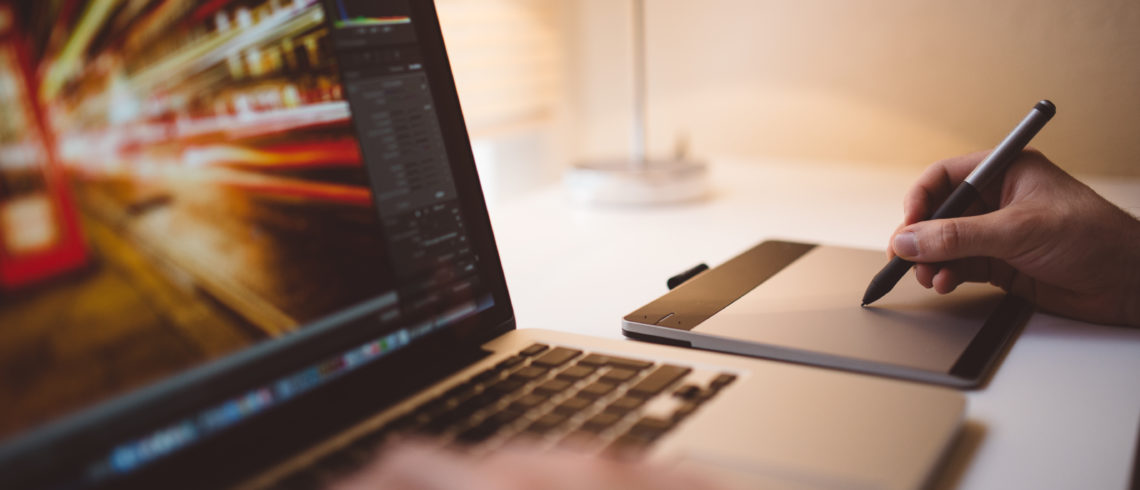Its pace of development and the amount of uses artificial intelligence provides is constantly evolving. But one of the differentiating factors between AI and humans still remains creativity, which we still regularly use for various small tasks. But what is really AI’s creativity like, and what are the perspectives it offers ?
Artificial intelligence systems recognise
Artificial intelligence systems are becoming more and more autonomous. One has to admit that their efficiency, already formidable, is constantly evolving : Facebook‘s facial recognition system, used to tag friends, never stops improving. Put to use in a professional context, these artificial intelligence systems can also help businesses identifying and recognising their customers’ gender, ages and moods, with reliability rates generally high, going up to 100%. This represents huge possibilities and opportunities for both marketing and commercial analyses, and moreover, the improvement margin it offers to businesses. These artificial intelligences can also, by dint of analysing and searching, examine paintings, and determine the influences the artists may have known.
Artificial intelligence systems improve
These artificial intelligence systems are becoming more and more powerful, important and popular. They can not only recognise, but also offer new and innovative perspectives. Adobe, one of the imagery industry’s biggest names, have expressed their wish to implement new technologies into their solutions. In their Creative Cloud software suite, they have integrated an image recognition solution, called Sensei. For examples, images of cats will automatically be recognised as so, and will be tagged with the word “cat”. This artificial intelligence will operate on multiple databases, and will link them together. This will considerably improve creative and marketing teams’ productivity.
Regarding smart devices, Adobe has also announced their wish to implement a voice recognition system into their Lightroom Mobile software: quickly giving directions, such as “raise the contrast by 20%” allows photographers to gain time, productivity and, more generally, the whole workflow, all while remaining mobile. Furthermore, the Relonch start-up launche on the photography market an interesting offer: the photographer, the way he used to do with films, can’t immediately access his pictures, giving up on the instantaneousness they gained with digital. They will only have access to their best pictures later on. The photographs the user takes will not be visible to them, but sent to a distant server, treated, improved by various artificial intelligence systems, and sent back by email to them in a time span of 24 hours. Lastly, the university of Waseda developped an artificial intelligence able to recognise a photograph, and colorise it in an autonomous manner, independently from the type of picture it is: landscape, portrait, with the right shades. A first in the domain!
But are artificial intelligence systems able to create?
Artificial intelligence systems are developping quickly and are always more implemented in various kinds of systems. Their efficiency, together with the productivity they bring to the professional universe, have created a fear. From this fear, emerged a main question: will we ever be fully replaced by AIs? And when will AIs be so evolved that they will be able to create by themselves? The answer is: not now.
In the music field, Sony‘s teams have programmed an artificial intelligence that has already “created” two new tracks. This AI, called FlowMachines, has, after a long time learning and analysing, composed track belonging to two different genres, all while being supervised by artists and DJs. The first track, “Daddy’s car”, has Beatles-like pop sonorities, while the second track, “The Ballad of Mr Shadow” has a more classic style.
In the painting field, AI systems have been absolutely grandstanding. While collaborating with ING, JWT‘s teams have developed a technology that has 18 months long analysed all of Rembrandt’s work. They have afterwards, using 3D printers and algorithms, created what has been called “The Next Rembrandt.” Although the painting doesn’t present any exclusive feature, it has been considered by most of experts as a whole painting. Nonetheless, one has to put things into perspectives: although this painting is new, and remains an exploit, it basically consists of a compilation of various details coming from other paintings.
Thus, when artificial intelligence systems have to create per se, the results can be incoherent and meaningless. Sunspring is a sci-fi movie, which scenario has been written by AIs. These have been fed with many scenarios from the same genre, although, in order to lessen incoherences, the whole realisation, dialogues and staging had to be supervised and reworked, in order to be useable.
Therefore, we should not (yet) fear to be (totally) supplanted by AIs, as they are still unable to create by themselves, but rather consider, also in creative fields, the opportunities and chances they represent to us.


